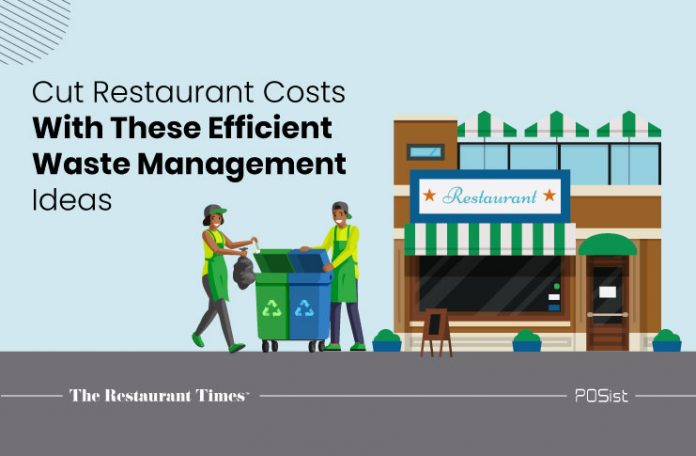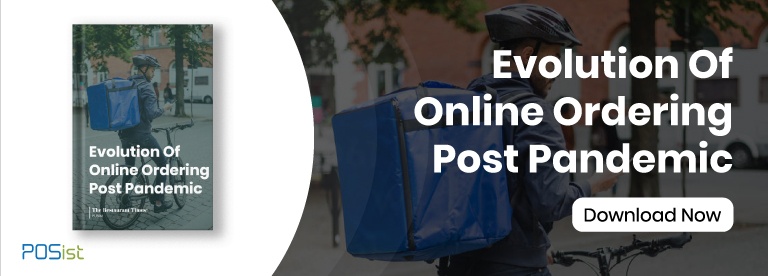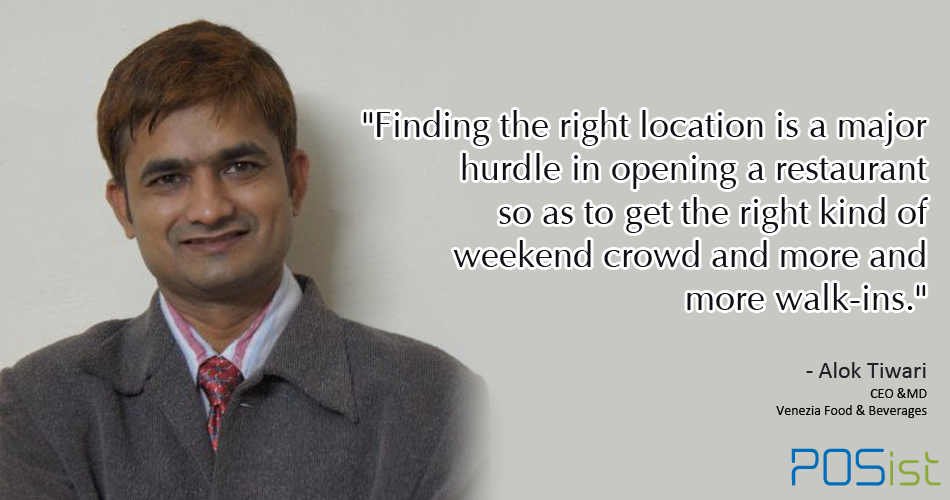Food wastage is one of the core problems of UAE restaurants. As per the Food Sustainability Index, a person wastes 494 pounds of food per year in the UAE, which is way higher than in the USA and Europe. High food waste is not just bad for restaurants, it also impacts the environment and food security significantly. With the increasing world population, it has become imperative to control food wastage and ensure food security for the coming generations. Thus, there arises a need for an efficient waste management system.
6 Ideas To Enhance The Waste Management System To Cut Costs
Wasted food is equivalent to wasted money. When large amounts of food or inventory are wasted, the overall revenue of the restaurant goes down. Therefore, to cut back on the costs incurred and boost the restaurant’s revenue, you need to improve your restaurant’s waste management system.
Here are some ways you can do the same.
1. Build A Competent & Responsible Team To Manage Waste
Depending on the size of your restaurant and the amount of waste it generates, you can set up a dedicated waste management team. It should have overall responsibility for managing consumption levels across the restaurant. As for the kitchen staff, it must be competent enough to not make any mistakes while preparing the food. Poor food preparation is one of the biggest factors contributing to food wastage. You don’t want to waste your inventory on burnt or spilt food. A well-trained chef will know the exact amount of ingredients to be used in any dish without wasting any of it.
To manage the waste effectively, you need to put together an effective Standard Operating Procedure (SOP). The waste management team should ensure compliance with the do’s and don’ts outlined in it and also take additional measures to track food wastage, wherever required. Furthermore, the team must be trained to use various methods to monitor, reduce, and store waste sanitarily.
2. Conduct Waste Audits
A restaurant generates food waste from numerous sources. Until and unless these sources are identified, it will be quite impossible to control the wastage. You need to conduct waste audits to know the exact amount of food waste that gets generated from various sources. The goals and benefits of the waste audit must be clear to the team so that it can proactively contribute to the audit and come together to refine the waste management system.
3. Categorize The Waste
Waste categorization is necessary to clearly understand the plan of action for controlling it. There are primarily two categories for restaurant waste: pre-consumer waste and post-consumer waste.
Pre-consumer waste: The waste generated before actually serving the food to the customers is the pre-consumer waste. It is generated during food preparation or serving. Rotten or perishable raw materials are also included in this category. Controlling wastage due to burnt or spilt food is something that you can do by introducing experienced staff and high-quality equipment to your kitchen. Furthermore, to reduce inventory wastage, you need to manage it properly which will be discussed in the next point.
Post-consumer waste: Post-consumer waste is the one that is generated after the food is served. The food portions left on customer’s unfinished plates contribute primarily to it. Portion control can be adopted to cut down on post-consumer waste. Less quantity of food is more likely to be finished by the customers unless there is a quality issue. You can also ask customers the reason for leaving a meal unfinished and incorporate those in your restaurant service manual for the future.

4. Manage & Store Inventory Properly
Stored inventory contributes substantially to the food waste of the restaurant. If large volumes of bulk orders do not get consumed before the expiration date, they go to waste. This is why, a proper inventory analysis must be carried out before buying new stock. You can follow the FIFO (‘First In First Out’) strategy to ensure that the inventory that is bought first is also consumed first to prevent expiration.
You can use restaurant management software to track and manage your inventory. It gives ingredient-wise reports which help to determine the amount of ingredients used in each dish. Also, it alerts the manager whenever it is time to restock the inventory.
In addition to this, it is also important to store inventory correctly. Each raw material must have its designated space so that the likelihood of spillage is exceptionally less. It is also recommended to look for the nesting sites of pests. Once the pests enter the inventory, there usually is not much time left before the entire stock goes bad. However, toxic chemicals and pesticides must not be utilized to remove pests.
5. Use The 3 Rs
We all know what the 3 Rs in waste management stand for: Reduce, Reuse, and Recycle. This concept is applicable to restaurants as well. One should try to reduce the portion sizes so that the plates do not return unfinished. If they still do, you can advise customers to take the leftovers home. Besides, the leftovers can always be reused. You can try contacting an NGO or a local charity to donate the leftovers from your restaurant.
Food waste is completely organic and can be recycled by transporting it to compost. Apart from the organic waste, plastic bottles, cans, wooden materials, etc. can either be reused or recycled, as per the need. You can try contacting local companies offering waste recycling services and make money off your restaurant waste.
6. Optimize Your Menu
If most of the dishes on the menu are getting back leftovers, there is a need to optimize your menu. Firstly, you need to reduce the number of dishes on your menu. Secondly, the dishes that are not making any sales can be struck off the menu. This is to cut the cost of the inventory being bought for dishes that are not able to generate any revenue. Thirdly, your menu needs price alteration using a food cost formula to balance the inventory cost and the revenue generated from each dish.
With food waste under control, the restaurant industry can expect better margins on the back of reduced operating costs. To achieve this, follow these smart waste management ideas and cut your costs substantially.


















